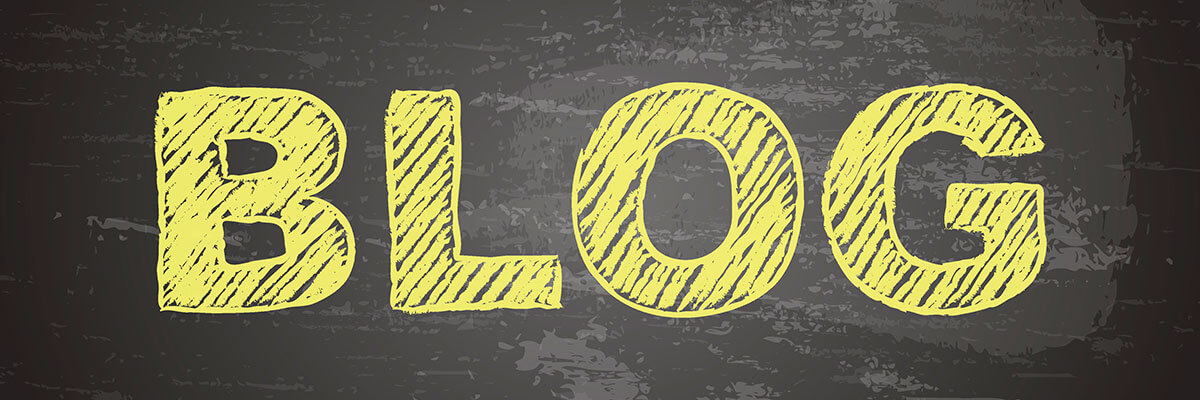How Automated Outbound Calls Work?
The business uploads a list of phone numbers and creates a message or script. The system schedules and initiates calls to those numbers automatically. When a call is answered, the system either plays a recorded message or routes the call to a live agent. If there’s no answer, the system may retry later or leave a voicemail, depending on the settings. Some systems use speech recognition or keypad inputs to allow customers to respond or take action during the call.Common Use Cases in Contact Centers
- Appointment Reminders: Notify customers about upcoming meetings or service visits.
- Payment and Billing Alerts: Remind customers of due dates or confirm transactions.
- Customer Surveys: Collect feedback through short automated questionnaires.
- Service Notifications: Inform customers about outages, changes, or maintenance.
- Promotions and Offers: Share new products, discounts, or event announcements.
Benefits of Automated Outbound Calls
- Scales Outreach: Reach thousands of customers quickly without overloading agents.
- Improves Efficiency: It frees agents from repetitive calls, allowing them to focus on complex interactions.
- Reduces Human Error: Ensures consistent and accurate messaging across all calls.
- Supports 24/7 Operations: Schedule calls at optimal times, even outside of regular business hours.
- Tracks Performance: Provides real-time reports on call status, responses, and outcomes.

